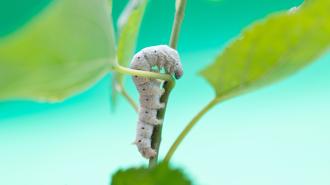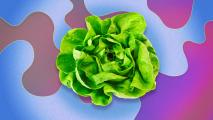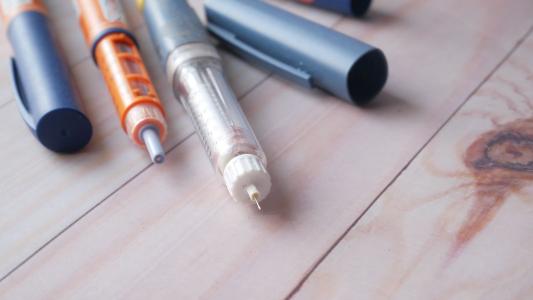Ask an athlete if they’d rather break a bone or rupture their Achilles tendon, and they’ll almost certainly say the former.
That’s because injuries to the tendons — the strong, flexible cords of tissue that connect muscle to bone, thereby allowing movement — can have long, arduous, and incomplete healing processes. The soft tissue of tendons connecting to the hard tissues of bones makes for a difficult place for healing, and scar tissue there can limit the healed tendon’s range of movement and the workload it can handle.
One way to treat tendon injuries is by introducing mesenchymal stem cells (MSCs) to the site. These cells, which live in the bone marrow, play an important role in regenerating tissue. They can be introduced to the site using “scaffolds” that put the MSCs and growth factors at the site of the injury, where they create new tissue.
Injuries to the tendons can have long, arduous, and incomplete healing processes.
In an effort to improve tendon repair and regeneration, researchers at Los Angeles’ Terasaki Institute for Biomedical Innovation (TIBI) turned to the silkworm.
By mixing a silk protein produced by the worm into a gel, the researchers were able to better repair tendon tissue in Achilles-injured rats.
“Tissue remodeling for tendon repair is especially difficult to achieve,” TIBI director and CEO Ali Khademhosseini said. “The work done here significantly advances that achievement.”
Of worms and wounds: The threads produced by silkworm Bombyx mori have uses beyond beautiful fabrics. The tiny fellows have been the source of important medical supplies for centuries, notably as sutures.
For their study, published in Small, the TIBI team used a specific silk protein called silk fibroin. The silk protein’s strength, durability, and biodegradability make it “ideal for use in scaffolds for tendons,” TIBI says — but it still poses some problems.
“Silk fibroin (SF) is a promising biomaterial for tendon repair, but its relatively rigid mechanical properties and low cell affinity have limited its application in regenerative medicine,” the researchers explain in their paper.
Scaffolds made from gels, on the other hand, do a better job of getting cells to stick and tissues to remodel, but lack the mechanical strength to create tissues as tough as tendons.
So the researcher combined the two together.
In an effort to improve tendon repair and regeneration, researchers at Los Angeles’ Terasaki Institute for Biomedical Innovation (TIBI) turned to the silkworm.
The right mix: The Terasaki team combined the silk protein with a gel, creating sheets with various ratios, which they then tested for “fiber structure and stretchiness” until they found the best one for the task.
The winning sheets were then infused with MSCs, which grew better on the sheets with both silk fibroin and gel, compared to the silk protein on its own, and genetic analysis showed that the regenerative gene activity of the MSCs was “significantly increased” compared to fibroin alone.
By staining the sheets, the researchers determined that the cells of the combined sheets had an over 80% attachment rate and were forming the long shapes that indicate the cells were stuck fast. When looking at the gel or silk protein alone, the cells had only a 60% attachment rate and rounded shape.
The silk protein/gel mix showed superior tendon regeneration in rat models.
As a bonus, they noticed that the silk protein also made the resulting gel matrix more porous, which enhances tendon repair.
The silk protein and gel mix also showed superior tendon regeneration in rat models.
The next step will be testing this for safety and efficacy in humans — and we’ll be one step closer to overcoming devastating (and sometimes career-killing) tendon injuries.
We’d love to hear from you! If you have a comment about this article or if you have a tip for a future Freethink story, please email us at tips@freethink.com.






